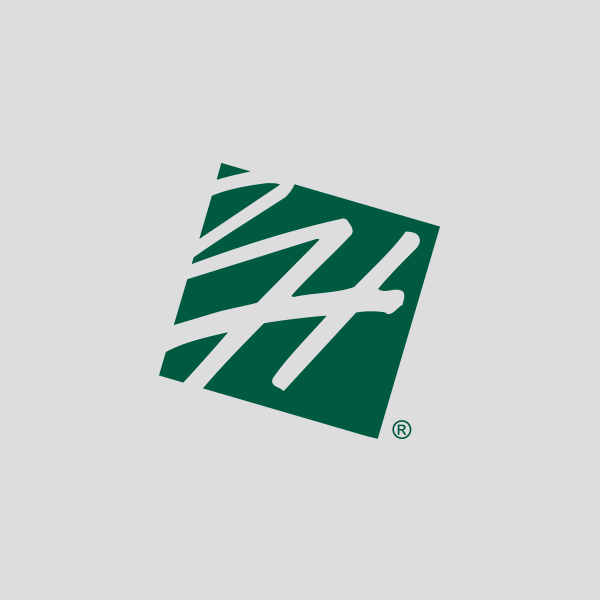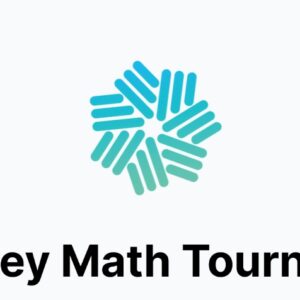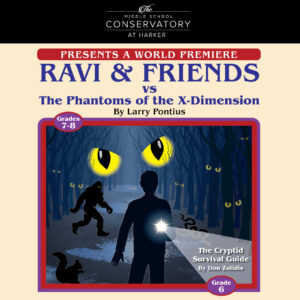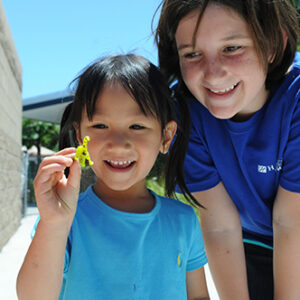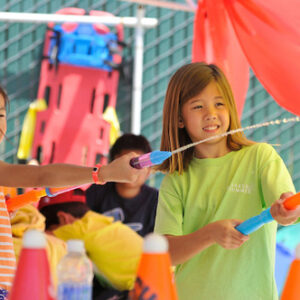This story was originally published in the Fall 2010 issue of Harker Quarterly
Harker’s 2010 Summer Camp brought students from all over the San Jose area for learning and fun – often both at the same time.
With the entire afternoon set aside for activities, summer academics for K-8 took place within a short class day, from 8:30-11:30. The curriculum focused primarily on math and language arts, and the environment was somewhat more relaxed than regular school, according to Diann Chung, K-8 summer academic principal. “It’s still education, but it has a different vibe,” she said.
To ensure that each student was appropriately challenged, teachers used differentiated instruction to adapt their lessons to multiple levels within the same classroom. The summer curriculum was designed to be compatible with that for the school year, not redundant, and teachers had a great deal of latitude within which to incorporate games, crafts and activities.
For example, teacher Alice Cooley read a silly story to her first graders every day. “They think it’s great to hear me get my tongue twisted while reading ‘Fox in Sox,’” she said.
Elective topics ran the gamut from math to language arts, science, technology and the arts. In Enviro-Kids, students made their own dust collectors for a study of air pollution and later used computers to learn more about the Gulf of Mexico oil spill.
Campers in grades 1-4 looking for a different kind of academic experience, or just a shorter camp, opted for a two-week thematic program titled Big Blue Marble. The curriculum integrated science, history, the arts and social studies – and, of course, math and language arts – into a multidisciplinary study of our world.
Each session focused on two continents, and students wrote in their travel journals, counted in different languages, and read both fiction and nonfiction. During the Africa module, all classes made hummus and fufu (sweet potato balls). They studied mummies and hieroglyphic writing, and created 3-D square and triangular pyramids.
“I really enjoy the integrated curriculum,” said veteran Harker teacher Kathleen Ferretti. “It’s a chance to look at things in a different way and have a lot of fun doing it.”
Some students in grades 5-8 chose two-week summer courses with a longer school day (8:30-3:30) for an in-depth look at a single subject area.
Michael Schmidt, Harker middle school computer science and robotics teacher, taught a lighter version of his required seventh grade course in which students built robots out of Legos. After learning how to program their creations during several days of robot wars, the students directed their energy toward making useful robots.
Products included Lego motorized wheelchairs, robotic pets, a grocery scanner, and a vending machine that operated perfectly during the parent demonstration before slipping off the table and crashing apart. With a maturity beyond his years, the builder shrugged, “That’s why vending machines aren’t built out of Legos.”
Schmidt made sure his students absorbed key concepts without letting go of the joy. “The more fun I’m having, the more fun they’re having,” he said.
